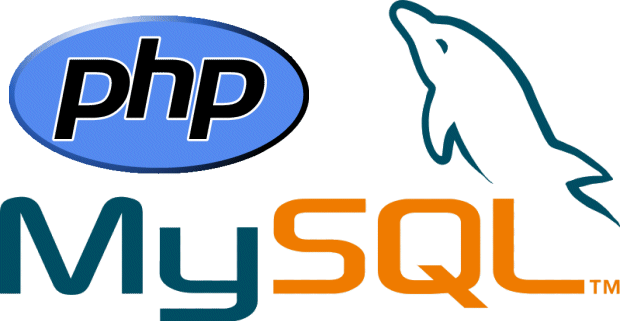Open Source Content Management Systems
Introduction
Here we have two CMS systems are based on PHP and .NET technology. The .NET systems we are analyzing are DNN and Umbraco, and the PHP systems are WordPress and Drupal.To Learn Content management system go for PHP Training in Chandigarh.
Let's analyze the architecture and the different features supported by each one of them.
PHP Systems
WordPress
WordPress is an open source CMS based on PHP technology. Wordpress is mostly used for creating portals and blogs. A blog post contains different sections such as the header, footer, sidebar for navigation, and the content page. It allows a simpler and faster way to create and publish pages. It also offers a lot of SEO plugins that help search optimization.

WordPress supports a two step authentication process.The username and password that the user enters for the authentication . The other step is to register a mobile device from the application. Whenever a user tries to access the application, a verification code is sent to the mobile device; once the user keys in the verification code, access to the site is granted. The wordpress application is more secured because the verification is done . Installation is simple where after derive and copying the package, one follows the installation wizard to complete the installation from the Web hosting server and file management plugins are available to manage and share documents with others.
Drupal
Drupal is an open source CMS system based on php Drupal's architecture consists of modules that are further divided into Core and commit modules. Core modules are shipped with the installation package and cannot be uninstalled or removed. Contributed modules are custom modules that are installed separately and can be removed from the system.
Drupal supports a forms-based authentication and also provides user management modules where users can be created and allow privileges. It also supports unsigned users. Drupal supports a concept of content types. A page in a site can display multiple contents like news, blogs. Each content is called a node and each node is based on a content type that defines the content to be displayed and allows users to create a custom content type based on the requirements.
.NET Systems
DNN
DNN is an open source CMS system available on the .NET platform. It is available in both free and paid versions. DNN has a basic Web application framework; multiple sites can be created on top on this basic framework. Each site consists of multiple pages and each page can have multiple modules. Each module is an application in itself. It also allows provides APIs to write custom extensions, and service APIs to connect to external systems. The DNN core system supports authentication against various providers, such as Twitter, Live, Facebook, and Google.

Developers can extend tagging features to their custom modules by implementing Content Items. It also allows search engine optimization at the portal and the page level. Installation is made easy by providing an installation wizard and easy steps configure the application. A lot of free and paid themes are available for the users to use when developing DNN sites. It also supports development using HTML5 and CSS. This also makes its UI responsive.
Umbraco
Umbraco is an open source CMS system on the .NET platform. This is available to be free and a paid option for using professional tools and support. Umbraco embraces ASP.NET MVC concepts to design pages. It uses MVC's razor view concept to create templates. Templates can be master templates and it also supports partial views. Umbraco supports Windows integration authentication. It also allows flexibility to write custom authentication using the APIs. File management is supported by managing documents and media files using its built-in library. It supports quick creation of sites using Microsoft Word. It also supports HTML 5, CSS, and JavaScript that make the UI responsive.





















